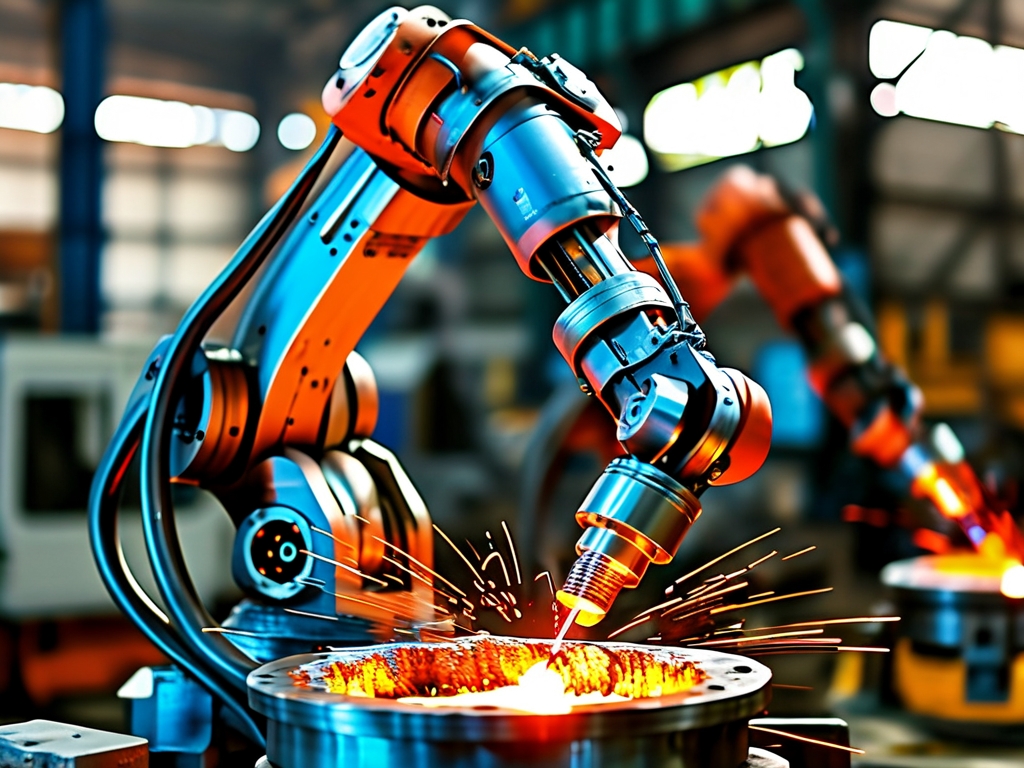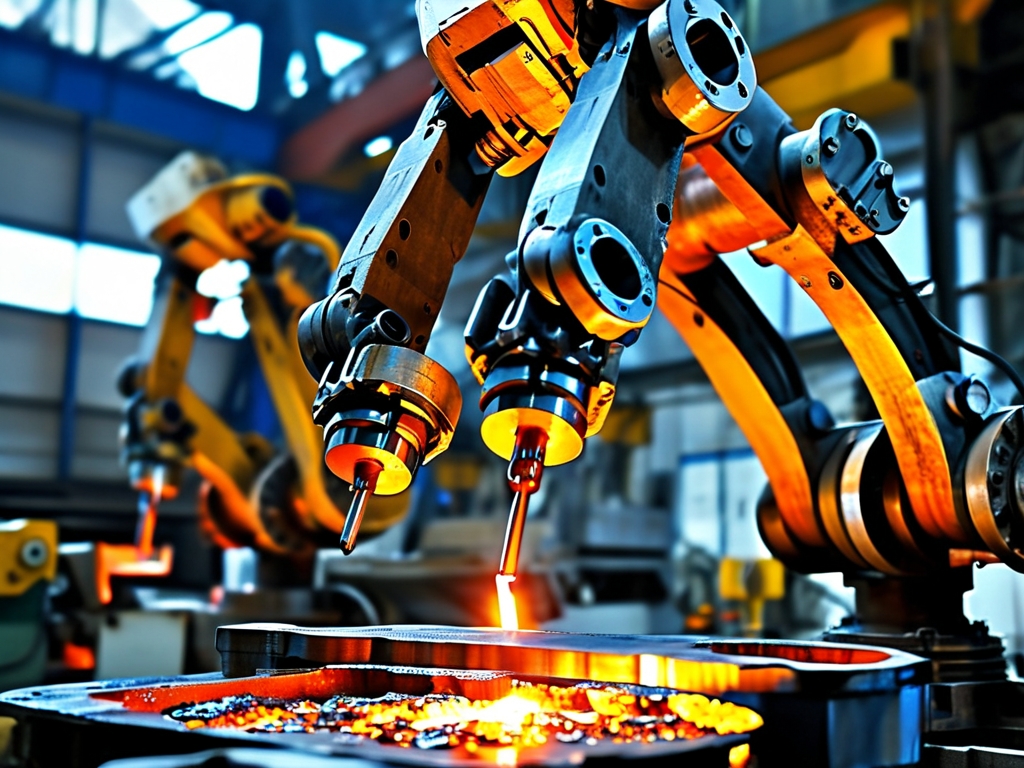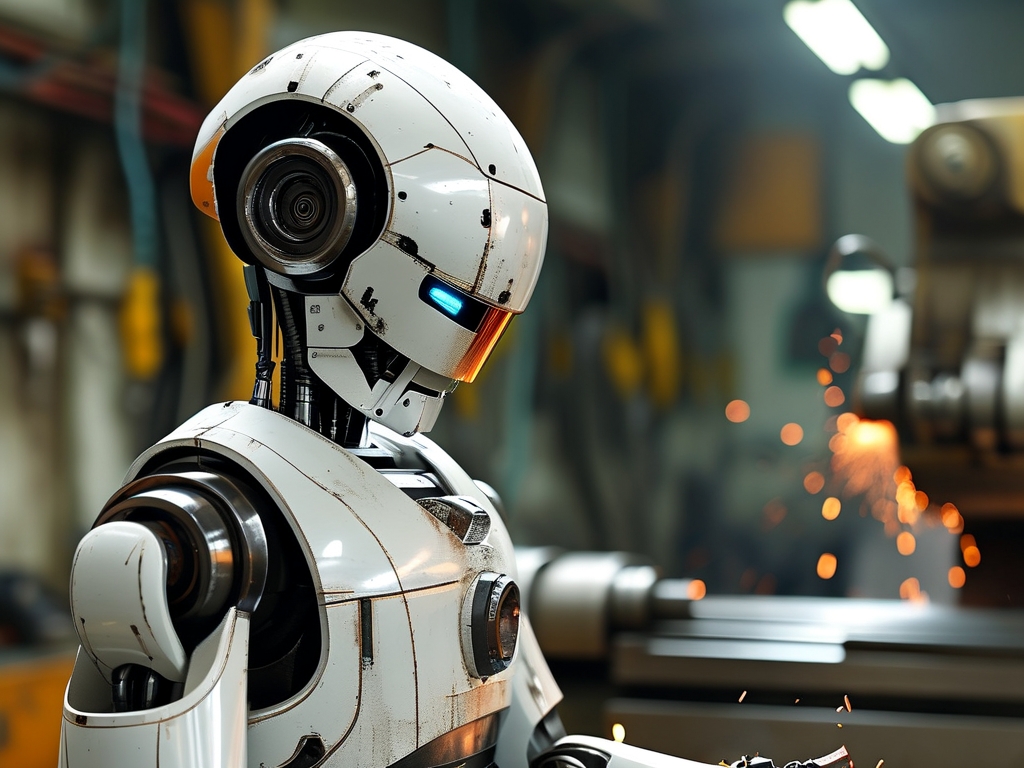The manufacturing landscape has undergone a transformative shift with the integration of robotics into traditional processes. Among these advancements, robotic die casting stands out as a cornerstone of modern industrial automation. This article delves into the intricacies of robotic die casting technology, exploring its mechanisms, benefits, applications, and future potential.
1. Understanding Die Casting: A Brief Overview
Die casting is a metal-forming process that involves injecting molten metal—typically aluminum, zinc, or magnesium—into a reusable mold (or "die") under high pressure. Once cooled, the metal solidifies into a precise, high-quality component. Traditional die casting relies heavily on human intervention for tasks such as mold preparation, metal injection, and part extraction. However, the advent of robotics has redefined this process, enhancing precision, efficiency, and scalability.
2. The Role of Robotics in Die Casting
Robotic die casting integrates industrial robots into critical stages of the die casting workflow. These robots perform tasks such as:

- Mold Handling: Automated robots equipped with specialized grippers transport and position molds with micron-level accuracy.
- Metal Injection Control: Robotic arms regulate the flow and pressure of molten metal, minimizing defects like porosity or uneven cooling.
- Part Removal and Finishing: Post-casting, robots extract components, trim excess material, and perform surface treatments (e.g., polishing, coating).
- Quality Inspection: Vision-enabled robots use cameras and sensors to detect imperfections in real time.
By replacing manual labor, robots eliminate human error, reduce cycle times, and ensure consistent output—even in high-volume production.
3. Key Advantages of Robotic Die Casting
3.1 Enhanced Precision and Repeatability
Industrial robots operate with unparalleled accuracy, achieving tolerances as tight as ±0.05 mm. This precision is critical for industries like aerospace and automotive, where component reliability is non-negotiable.
3.2 Improved Safety
Die casting involves extreme temperatures and hazardous materials. Robots mitigate risks by handling dangerous tasks, reducing workplace injuries.
3.3 Cost Efficiency
While initial investments in robotic systems are high, long-term savings arise from reduced scrap rates, lower labor costs, and minimized downtime.
3.4 Scalability
Robotic systems adapt seamlessly to fluctuating production demands. Reprogramming a robot for a new mold design takes hours—not days—enabling agile manufacturing.
4. Applications Across Industries
Robotic die casting has found applications in diverse sectors:
- Automotive: Engine blocks, transmission housings, and structural components.
- Electronics: Heat sinks, smartphone frames, and connector housings.
- Aerospace: Lightweight, high-strength parts for aircraft and satellites.
- Consumer Goods: Appliances, tools, and decorative hardware.
For example, Tesla’s Gigafactories leverage robotic die casting to produce large, single-piece vehicle chassis—a breakthrough that slashes assembly complexity.
5. Challenges and Solutions
Despite its benefits, robotic die casting faces challenges:
- High Initial Costs: Advanced robots and integration require significant capital.
- Technical Complexity: Skilled personnel are needed to program and maintain systems.
- Material Limitations: Not all alloys are suitable for high-speed robotic processes.
To address these, companies are adopting modular robotic systems (scalable investments) and AI-driven predictive maintenance tools. Material science advancements are also expanding the range of compatible metals.

6. The Future of Robotic Die Casting
Emerging trends promise to elevate this technology further:
- AI and Machine Learning: Algorithms optimize injection parameters in real time, predicting defects before they occur.
- Collaborative Robots (Cobots): Smaller, safer robots work alongside humans for hybrid workflows.
- Sustainable Practices: Energy-efficient robots and recyclable alloys align with global green manufacturing goals.
By 2030, the global robotic die casting market is projected to grow by 12% annually, driven by demand for electric vehicles and smart devices.
7.
Robotic die casting represents a paradigm shift in manufacturing, blending age-old metallurgy with cutting-edge automation. As industries strive for faster, safer, and greener production, this technology will remain indispensable. By overcoming current limitations and embracing innovation, manufacturers can unlock unprecedented levels of productivity and quality—ushering in a new era of industrial excellence.



